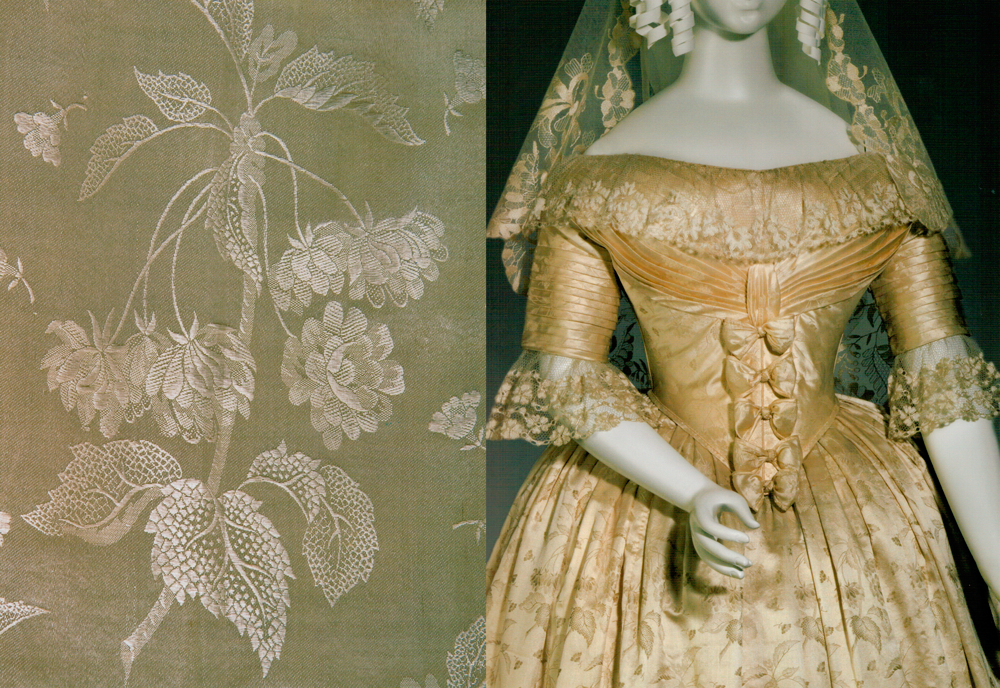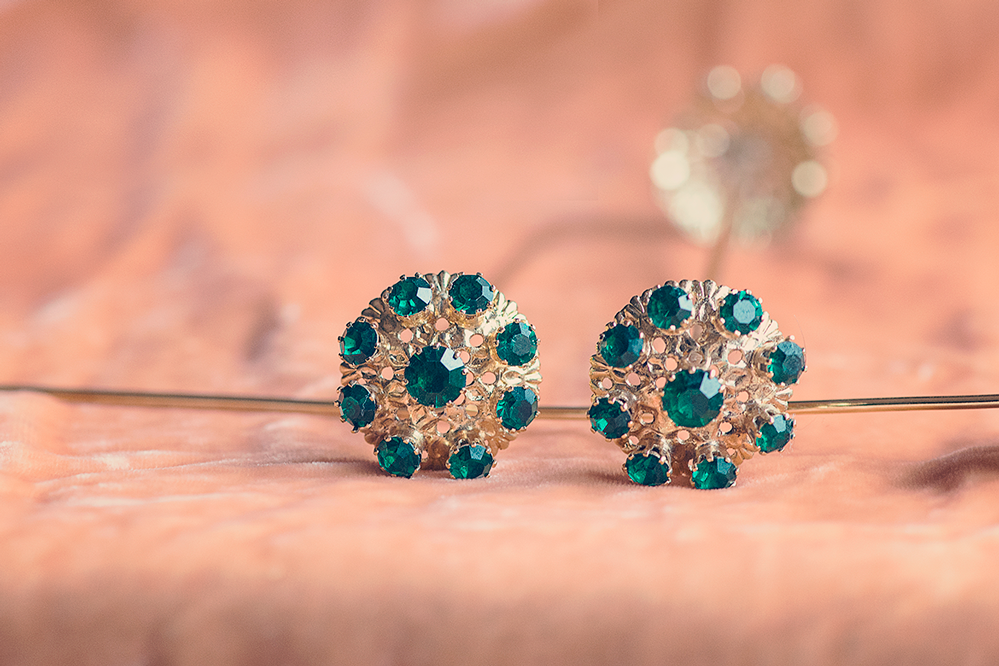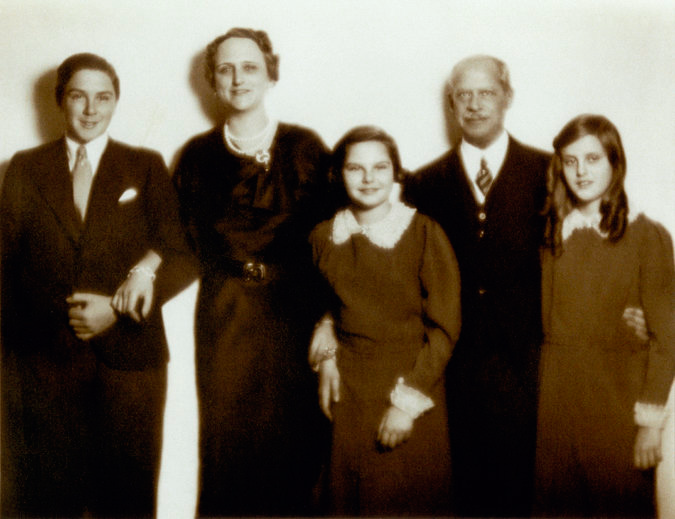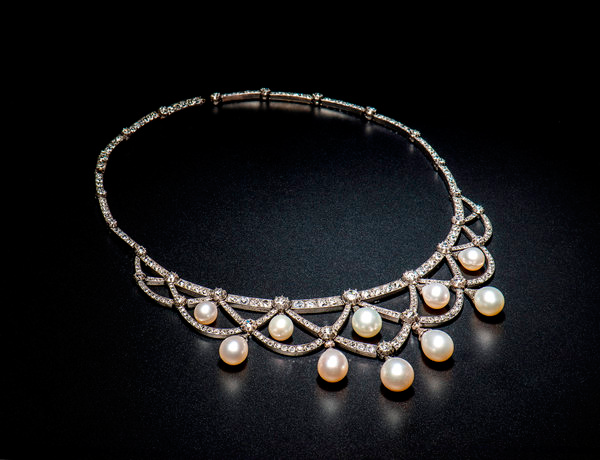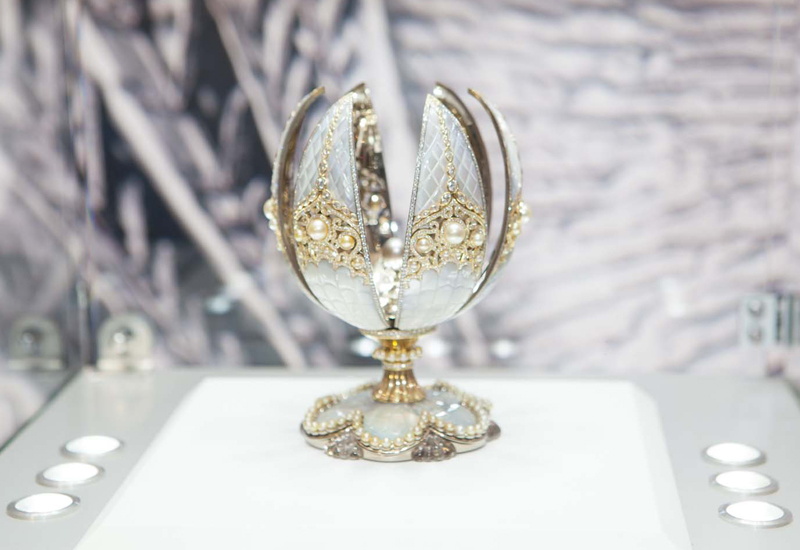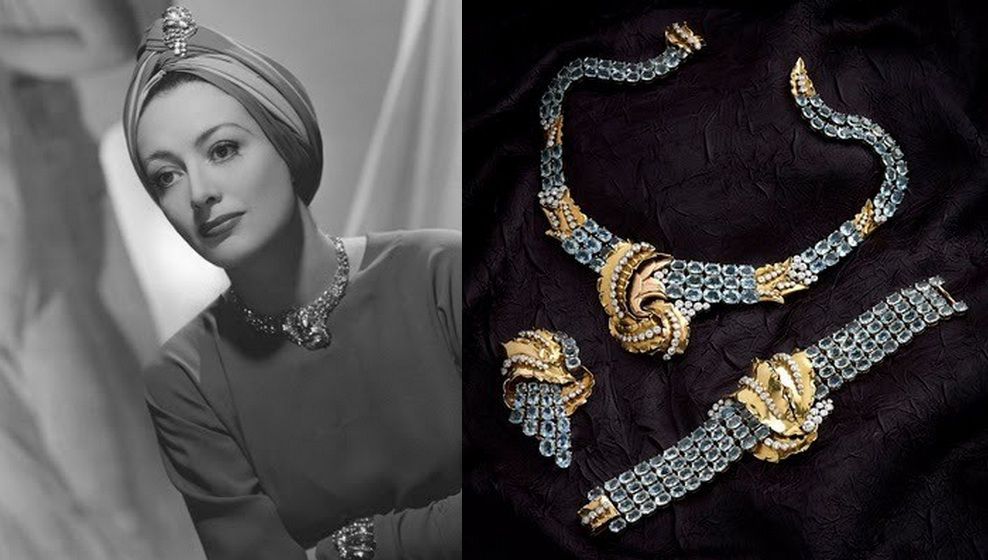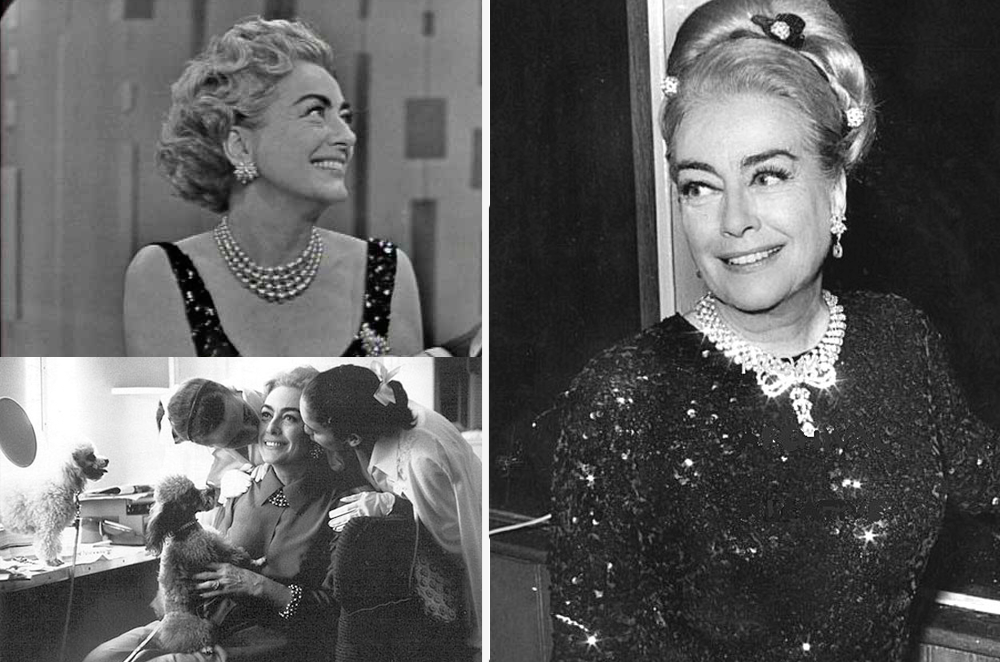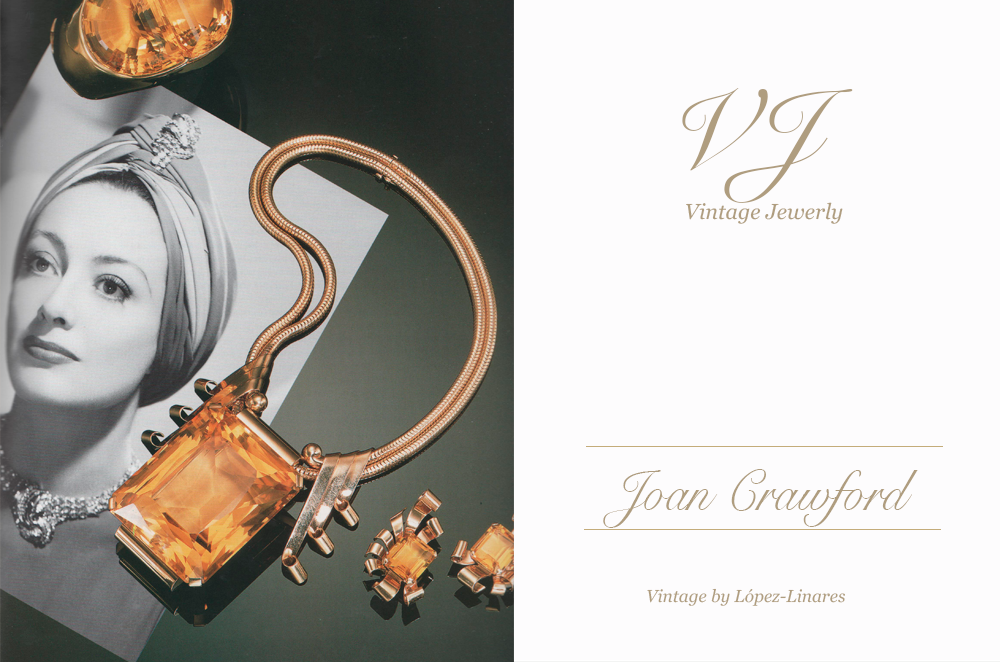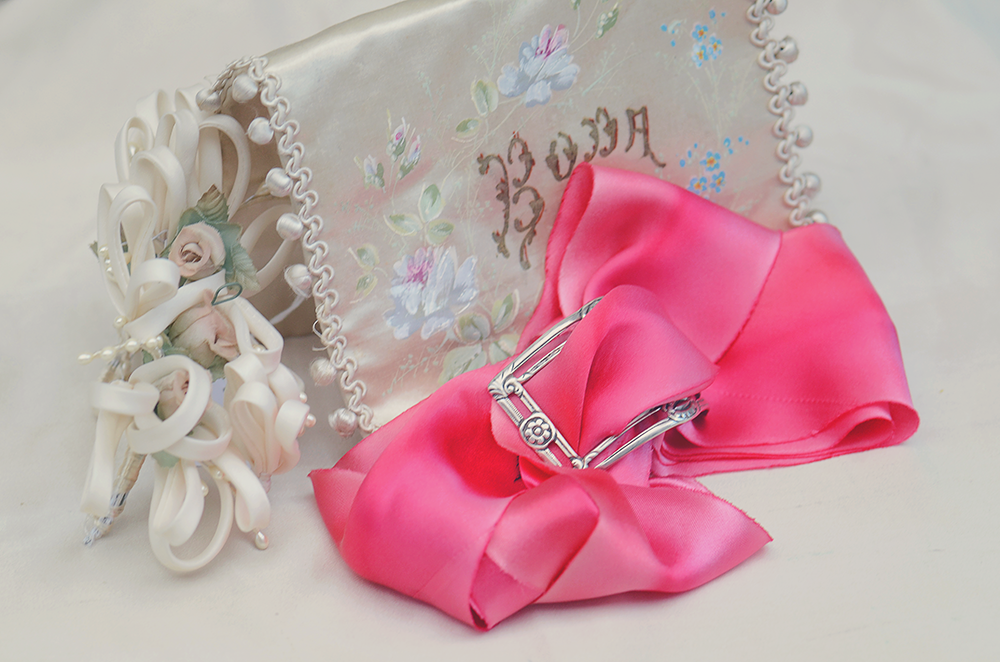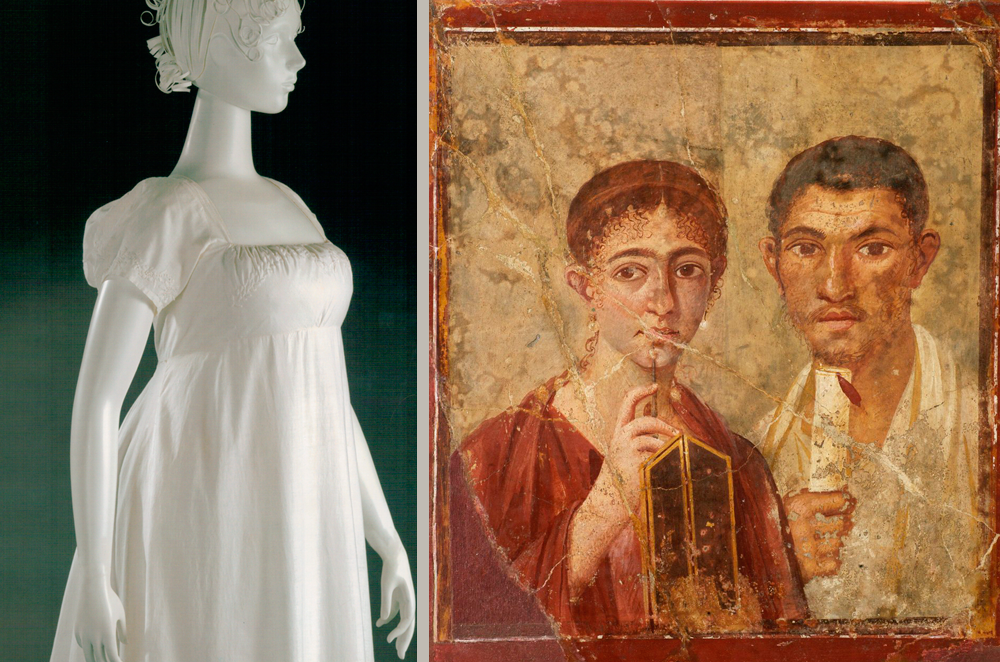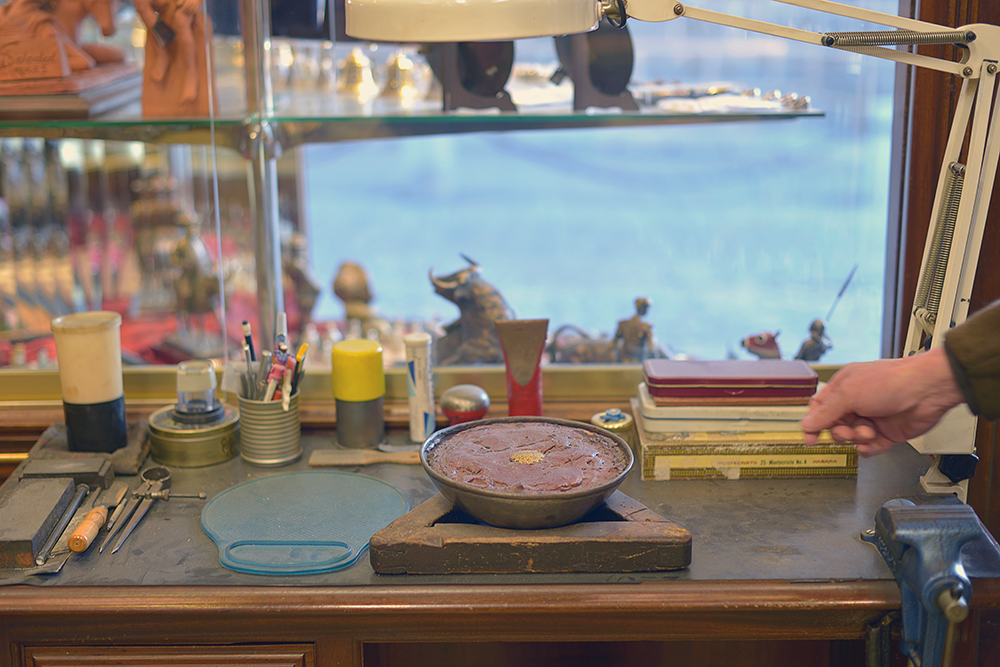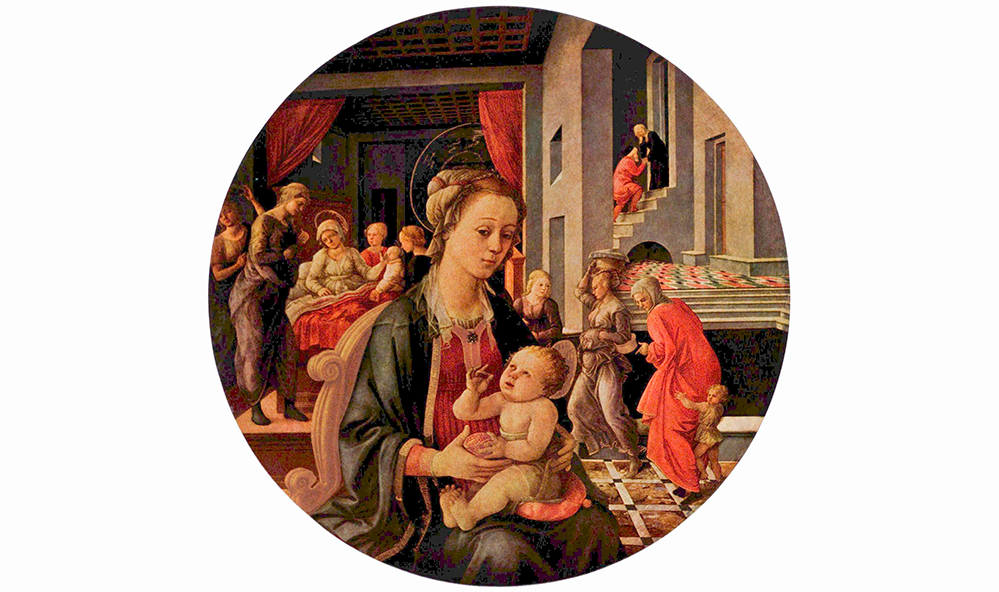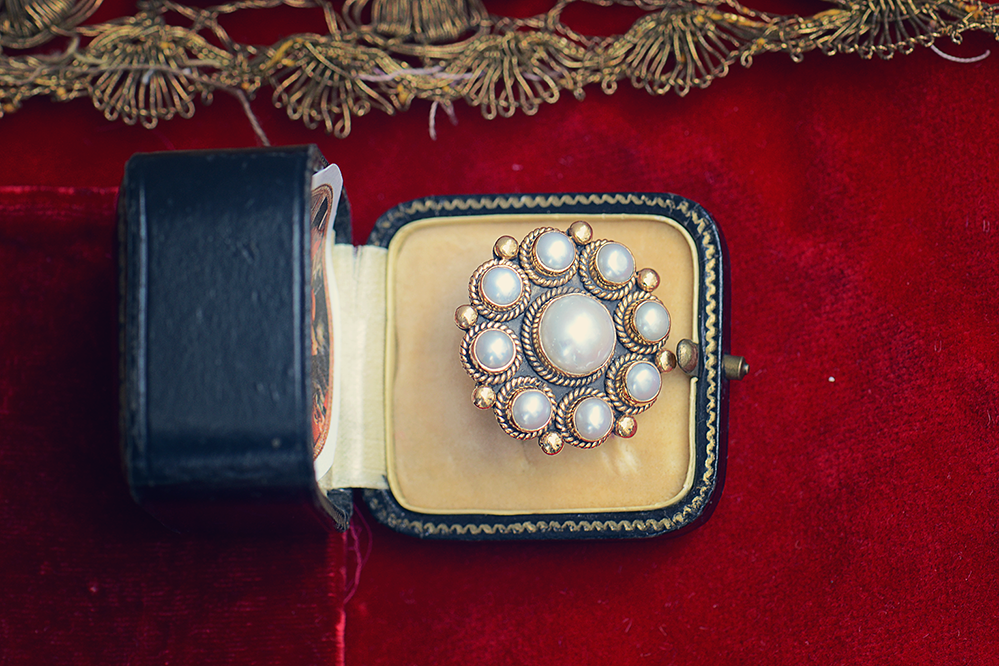Angelina Russell was married only six weeks after the Queen Victoria of England did. This wedding was a highlight of inspiration for bridal fashion in the time.
I have decided to write a post about the queen’s bridal gown, a jewel that still today is an inspiration for designers and a truly icon in the bridal fashion. However, let me focus today in the Agelina’s design.
Although the piece is quite similar to the Queen’s, Angelina knew how to be special and she gave the gown a personal touch only brides are able to do.
The fabric was a very light silk decorated with a damask floral motive very popular back in the time. Angelina’s dress was completed with a beautiful bodice with an open neckline finished off with a hand-embroidered flounce. The top of the bodice is tight to the chest with wide casings. The front has a simple decoration though, with five beautiful laces made in the same silk. This sort of details are still today in fashion. We still see modern brides with laces decorating a noted part in their designs.
Sleeves in Angelina’s dress are pleated ending around the elbow with another hand-embroidered flounce.
The skirt is linked to the bodice through a tiny 55 cm diameter waist. Please, go ahead and grab a meter so you can imagine what a diameter of 55 cm is. To me it’s so extrange that those women could fit in a waist of a little girl.
Angelina Russel was married with James J. Faran (1808-92) in 1840. They both moved to Cincinnati, James’ home city.
Faran became into a successful lawyer and editor. For 23 years he worked as a manager of editors in a local newspaper, The Cincinnati Enquirer.
The couple lived in a modern area within the center of Cincinnati where they grew five children and enjoyed their marriage for over 50 years.
BIBLIOGRAPHY
Wedding Perfection- Two Centuries of wedding Gowns- Cynthia Amnèus
